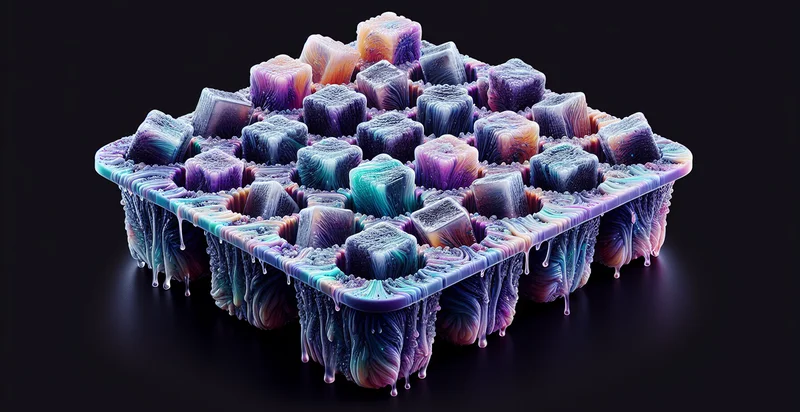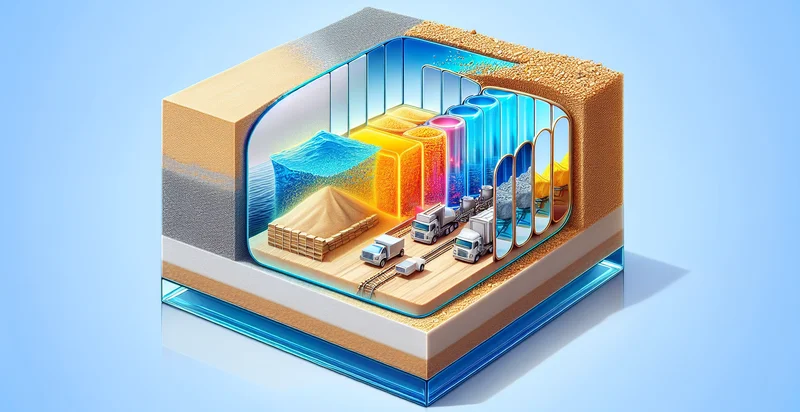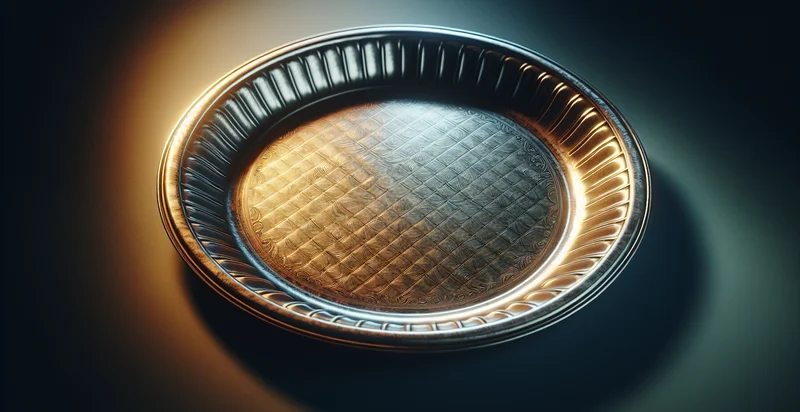Identify what material an ice cube tray is made from
using AI
Below is a free classifier to identify what material an ice cube tray is made from. Just upload your image, and our AI will predict what material an ice cube tray is made from - in just seconds.

Contact us for API access
Or, use Nyckel to build highly-accurate custom classifiers in just minutes. No PhD required.
Get started
import nyckel
credentials = nyckel.Credentials("YOUR_CLIENT_ID", "YOUR_CLIENT_SECRET")
nyckel.invoke("what-material-an-ice-cube-tray-is-made-from", "your_image_url", credentials)
fetch('https://www.nyckel.com/v1/functions/what-material-an-ice-cube-tray-is-made-from/invoke', {
method: 'POST',
headers: {
'Authorization': 'Bearer ' + 'YOUR_BEARER_TOKEN',
'Content-Type': 'application/json',
},
body: JSON.stringify(
{"data": "your_image_url"}
)
})
.then(response => response.json())
.then(data => console.log(data));
curl -X POST \
-H "Content-Type: application/json" \
-H "Authorization: Bearer YOUR_BEARER_TOKEN" \
-d '{"data": "your_image_url"}' \
https://www.nyckel.com/v1/functions/what-material-an-ice-cube-tray-is-made-from/invoke
How this classifier works
To start, upload your image. Our AI tool will then predict what material an ice cube tray is made from.
This pretrained image model uses a Nyckel-created dataset and has 7 labels, including Ceramic, Glass, Metal, Paper, Plastic, Silicone and Wood.
We'll also show a confidence score (the higher the number, the more confident the AI model is around what material an ice cube tray is made from).
Whether you're just curious or building what material an ice cube tray is made from detection into your application, we hope our classifier proves helpful.
Related Classifiers
Need to identify what material an ice cube tray is made from at scale?
Get API or Zapier access to this classifier for free. It's perfect for:
- Product Quality Assurance: Manufacturers can utilize the false image classification function to verify the material of their ice cube trays during production. By ensuring that only the specified materials are used, companies can maintain consistent product quality and meet safety standards.
- Recycling Stream Optimization: Waste management companies can implement this function to identify the materials of discarded ice cube trays. This helps in sorting recycling streams accurately, allowing for better recycling rates and reduced contamination of different material types.
- Consumer Education: Retailers can integrate the material classification function on their e-commerce platforms to inform consumers about the composition of ice cube trays. This provides transparency on material usage, helping environmentally conscious shoppers make informed purchasing decisions.
- Supply Chain Management: Suppliers can use the classification function to ensure that they are receiving the correct materials from their manufacturers. This reduces errors in inventory management and ensures that the right materials are available for production or distribution.
- Testing for Food Safety Compliance: Food service providers can employ the function to confirm that ice cube trays are made from food-safe materials. This compliance check is crucial for public health and safety, ensuring that ice being served is not contaminated by harmful substances.
- Market Research and Trends Analysis: Companies can use the function to analyze consumer trends in ice cube tray materials over time. By understanding which materials are favored, businesses can adapt their product lines to meet market demands more effectively.
- Brand Reputation Management: Brands can proactively use this classification function to monitor the materials used in their ice cube trays and ensure they align with their sustainability commitments. By doing so, they can enhance their brand reputation and appeal to environmentally conscious consumers.


